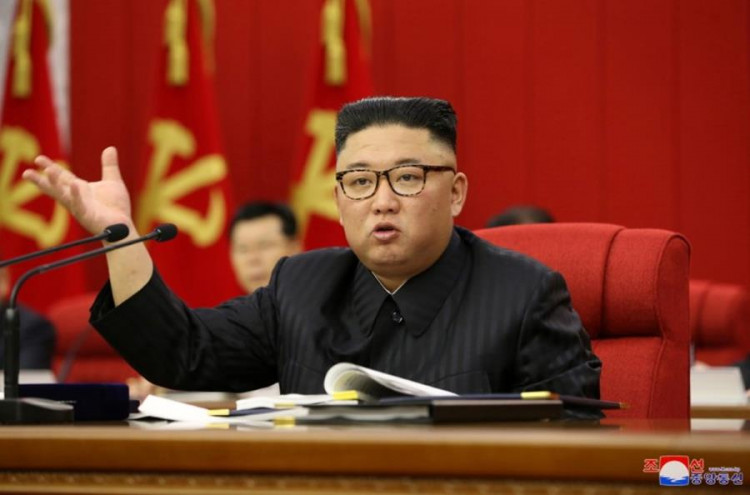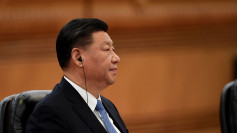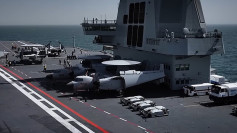North Korea has successfully raised a capsized 5,000-ton-class destroyer and moored it at a northeastern port as it presses forward with repairs on a vessel leader Kim Jong Un has touted as critical to his navy's modernization effort. The restoration comes after a humiliating launch failure that drew harsh condemnation from Kim and the arrest of senior officials.
The destroyer, which partially capsized during a May 21 launch ceremony in the port city of Chongjin after a transport cradle detached prematurely, was righted earlier this week and is now floating upright, according to commercial satellite imagery and confirmation from the South Korean military.
Jo Chun Ryong, a senior official in the ruling Workers' Party, said in a Friday statement carried by state media that the "perfect restoration of the destroyer will be completed without fail" before the late-June congress of the party. Repairs are expected to continue for seven to ten days at a dry dock in the nearby port of Rajin, following a detailed hull inspection.
The incident triggered a scathing rebuke from Kim, who called the failure a "criminal act caused by absolute carelessness, irresponsibility, and unscientific empiricism." North Korean law enforcement subsequently detained at least four officials, including the vice director of the party's munitions industry department, accusing them of an "unpardonable criminal act" that tarnished national dignity.
Lee Sung Joon, spokesperson for South Korea's Joint Chiefs of Staff, said Thursday that the North appeared to have conducted drainage operations and structural assessments on the ship. "The nature and duration of the repair process will vary, depending on internal repairs, additional work or whether the incident affected the keel," he noted.
The destroyer is Pyongyang's second known warship of its class and is believed to be similar to the Choe Hyon vessel unveiled in April. North Korean state media has described the class as capable of deploying anti-ship, anti-air, and nuclear-capable cruise and ballistic missiles. Kim personally oversaw test firings of those systems and has projected the fleet to enter active duty next year.
While North Korea's navy is generally considered obsolete relative to regional powers, analysts say even modest advances in radar, missile, and propulsion technology could significantly enhance its threat profile. South Korean intelligence has suggested that Russia may have assisted with the destroyer's development as part of deepening military cooperation between Pyongyang and Moscow.
Kim met Wednesday with Russian Security Council Secretary Sergei Shoigu, days after the U.S. and South Korea voiced concerns that Pyongyang has supplied Russia with artillery and ballistic missiles for use in Ukraine. In return, officials warn, Kim may be seeking advanced weapons technologies to improve his navy and missile programs.





